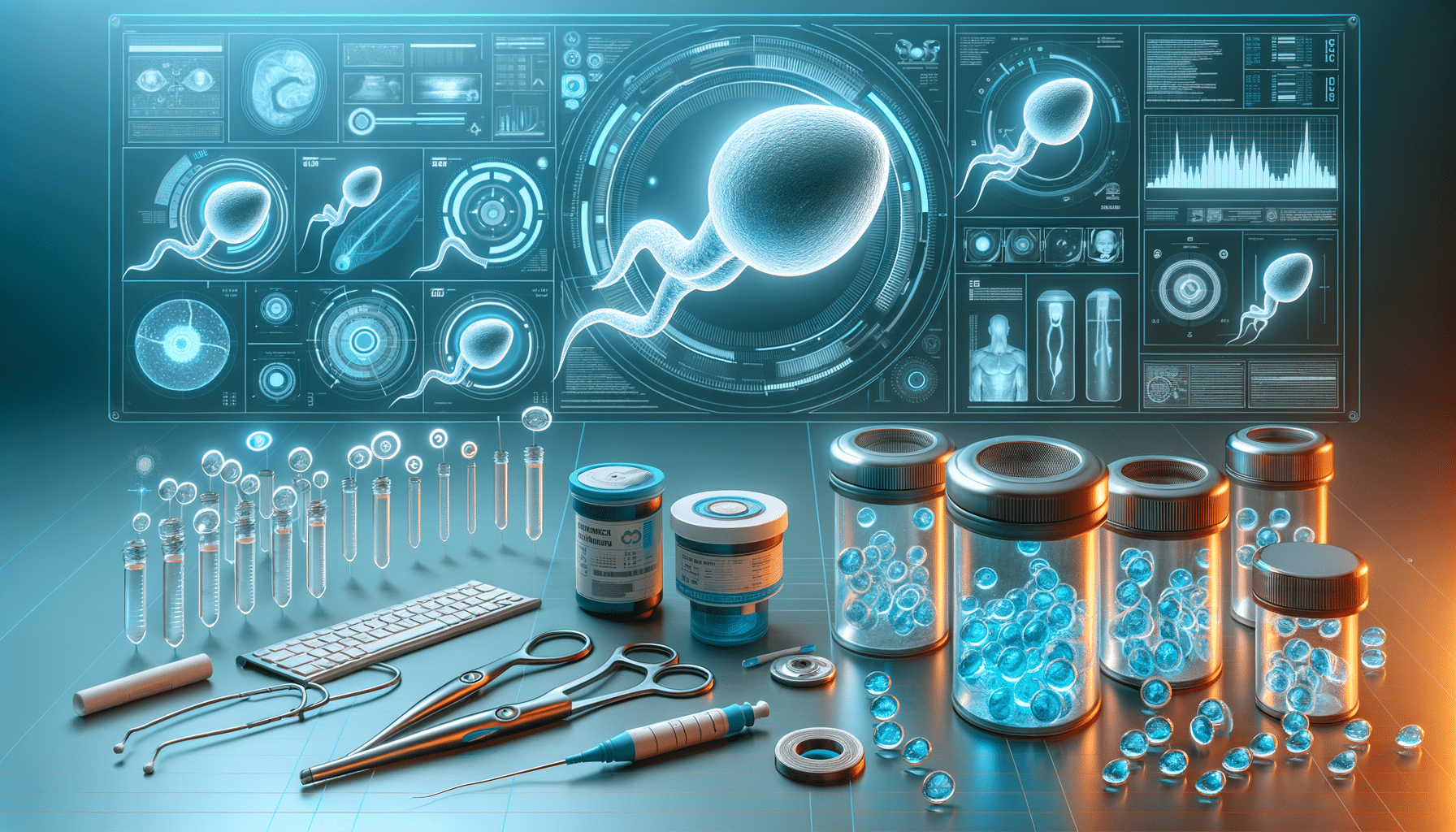
Sperm donation in 2025: What You Should Know
Introduction to Sperm Donation
Sperm donation has become an increasingly relevant topic in recent years, and by 2025, it is expected to play an even more significant role in reproductive health. As societal norms evolve and medical technologies advance, the demand for sperm donation services continues to grow. This article delves into the various aspects of sperm donation, exploring its implications, processes, and future trends. Whether you are considering becoming a donor or are interested in the process for personal reasons, understanding the landscape of sperm donation is essential.
The Process of Sperm Donation
The process of sperm donation is both a scientific and ethical journey. It starts with a potential donor undergoing a rigorous screening process to ensure they meet the necessary health and genetic criteria. This includes a thorough medical examination, family history analysis, and various tests for genetic disorders and infectious diseases. Once cleared, the donor provides a sperm sample, which is then analyzed for quality and viability.
After the initial screening, the sperm is frozen and stored in a sperm bank until it is needed. This process, known as cryopreservation, allows the sperm to remain viable for an extended period. When a recipient is ready, the sperm is thawed and used in artificial insemination procedures. The entire process is designed to ensure the highest level of safety and success for both the donor and the recipient.
Key considerations for donors include understanding the legal implications, such as anonymity and parental rights. Potential donors should also be aware of the emotional and psychological aspects of donation, as it can have lasting impacts on both the donor and any resulting offspring.
Benefits and Challenges of Sperm Donation
Sperm donation offers numerous benefits, both for donors and recipients. For individuals or couples facing infertility, sperm donation provides an opportunity to experience parenthood. It also supports single individuals and same-sex couples in building families, promoting inclusivity and diversity in family structures.
For donors, the act of donating sperm can be rewarding, knowing they are helping others achieve their dreams of having a family. Additionally, some sperm banks offer financial compensation for donors, which can be an attractive incentive.
However, sperm donation is not without its challenges. Ethical considerations, such as the rights of donor-conceived children to know their biological origins, are complex and can vary by region. Donors must also consider the potential for future contact from donor-conceived individuals, which can be emotionally challenging.
Legal and Ethical Considerations
The legal landscape of sperm donation is continually evolving, with different countries and regions having varying laws and regulations. In many places, donors can choose to remain anonymous, while others require donors to be identifiable to donor-conceived children upon reaching adulthood.
Ethical considerations also play a significant role in sperm donation. The rights of donor-conceived individuals to know their genetic origins is a topic of debate, as is the responsibility of donors towards any offspring. These considerations require careful thought and understanding from both donors and recipients.
Furthermore, the commercialization of sperm donation raises questions about the ethics of financial compensation and the potential for exploitation. As the demand for sperm donation grows, these legal and ethical issues will continue to be at the forefront of discussions in 2025 and beyond.
The Future of Sperm Donation
Looking ahead to 2025, the future of sperm donation appears promising, with advancements in technology and medicine paving the way for more efficient and successful procedures. Innovations in genetic screening and artificial intelligence are expected to enhance the selection process, ensuring healthier outcomes for donor-conceived children.
Additionally, societal acceptance of diverse family structures is likely to increase, further normalizing the practice of sperm donation. This acceptance will contribute to a more inclusive and supportive environment for all individuals involved in the process.
As we move forward, it is crucial for stakeholders, including medical professionals, lawmakers, and donors, to work together to address the challenges and opportunities in sperm donation. By doing so, we can ensure that the practice continues to evolve in a way that benefits all parties involved.
Conclusion: Navigating the Complexities of Sperm Donation
Sperm donation in 2025 is set to be an integral part of reproductive health, offering hope and opportunities for many individuals and families. Understanding the intricacies of the process, from the initial screening to the ethical considerations, is essential for anyone involved or interested in sperm donation.
As medical advancements and societal attitudes continue to evolve, the landscape of sperm donation will undoubtedly change. Staying informed and engaged with these developments will ensure that the practice remains a valuable and ethical option for those seeking to build their families.


